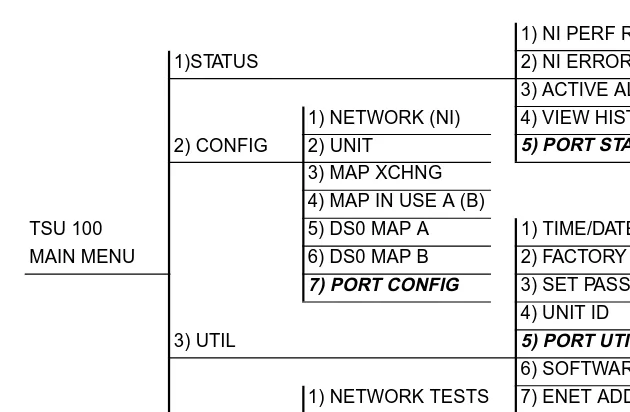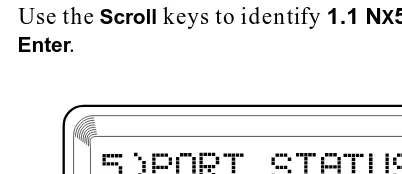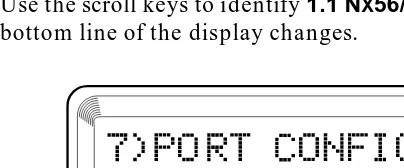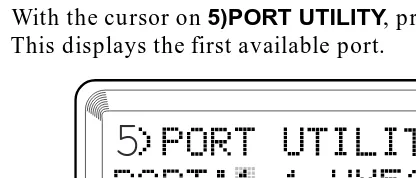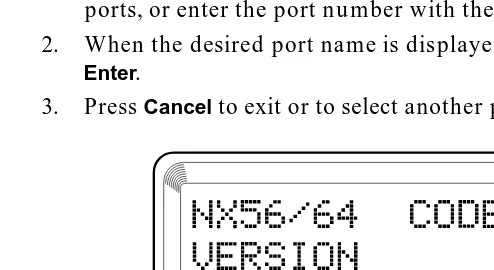Nx56/64 (EIA-530) Option Module User Manual
Full text
Figure
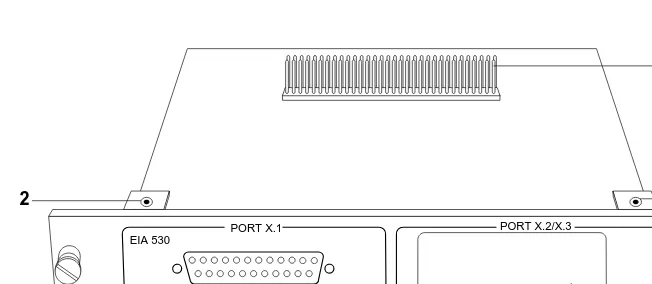
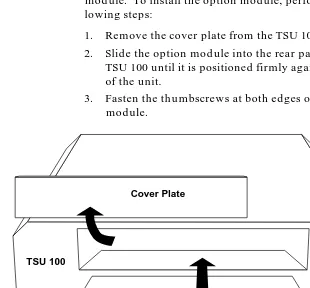

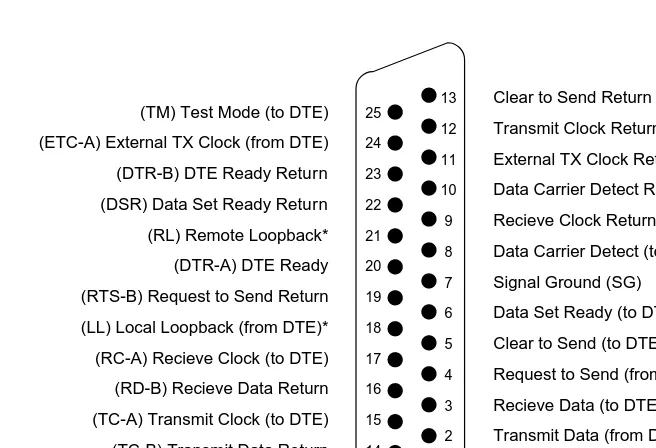
Related documents
Print Publication Year: Published Online: Oct 2011 ISBN: 9780199229994 eISBN: 9780191725746 Item type: chapter. Publisher: Oxford
This year’s conference will offer an in-depth analysis on current topics of interest within the practice of Family Law, including an update from the Courts, Stanford and Bevan
More recently, Transport Canada has proposed further regulations that would require operators of commercial vessels that carry passengers to have in place dedicated third
Keywords: Traffic state detection; Traffic flow speed estimation; Road space occupancy; Freeway; Video Surveillance
The broad elements of this general periodization of the women’s movement incorporates the suggestion of: a first wave movement associated with liberal democratic political
3: The effect of PTU-exposure (1.5, 3, and 6 ppm) and levothyroxine therapy (Hypo 6 ppm + Levo) on the distance moved (A) and the escape latency (B) of the male
Notional pooling, with the virtual set of accounts the bank maintains to achieve the offset makes bank accounting for the pooling arrange- ment on its balance sheet an important
• Ogni set è composto da due torelli, destro e sinistro, tagliati a 45° Each set is composed of one right and one left torello, cut at 45°. BATTISCOPA DG05B1L Marmo D Digit
